Office of International Affairs,
Chung-Ang University
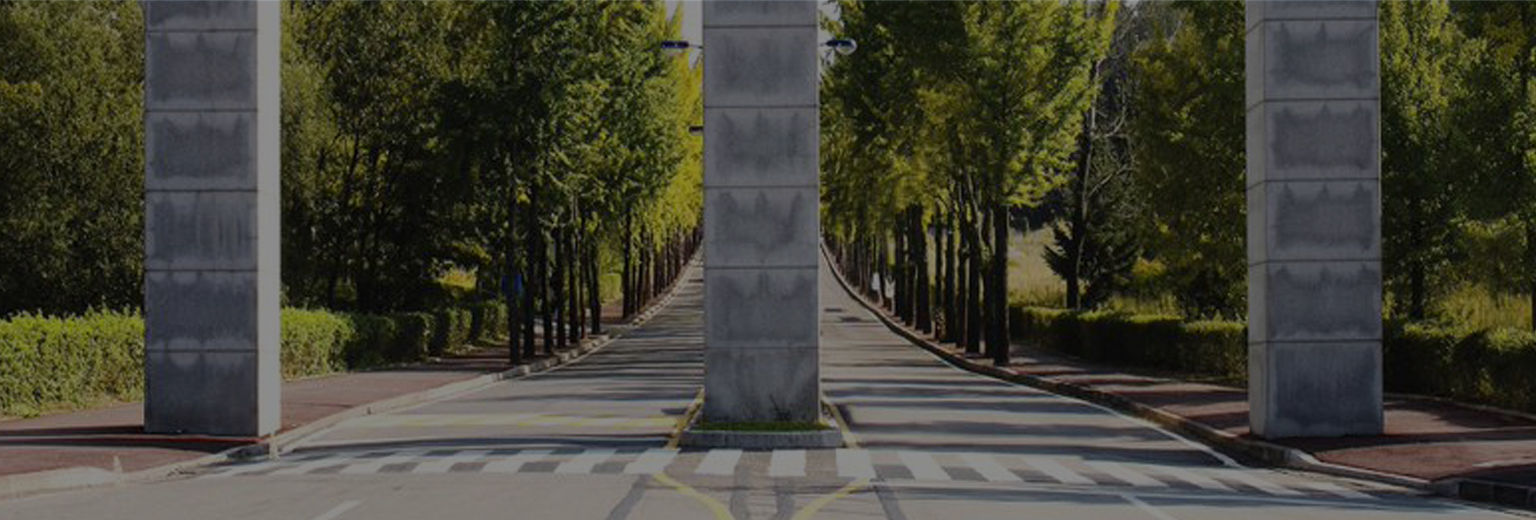
Office of International Affairs,
Chung-Ang University
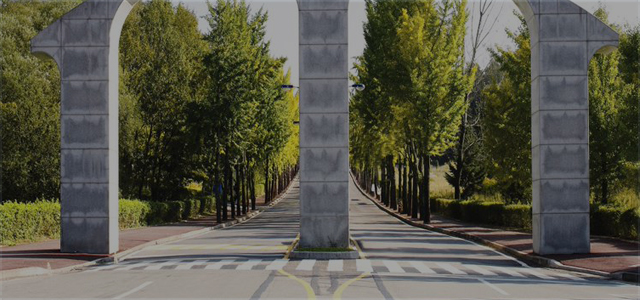
Office of International Affairs,
Chung-Ang University
Cultural Activities (CKEP)
 Exchange Program
Exchange Program
 Cultural Activities (CKEP)
Cultural Activities (CKEP)
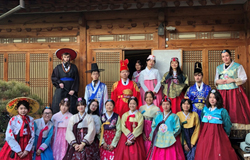
-
Hanbok Experience
Hanbok is the traditional Korean outfit that used to be the everyday attire of those living in Korea back in the 3rd century time period. They are still worn on special occasions or holidays, and remains as an icon of the country. You can try on this beautiful yet comfortable clothing in many places around Seoul. In this program, you can try the traditional wedding hanbok and turn your memories into actual photos to bring home to share. At the same time, you will have an opportunity to explore around Hanok: a traditional Korean house. Immerse yourself by dressing up as a Joseon King or Queen, and wandering around the traditional village. Both your clothing and the house will give you a vintage, old-world atmosphere vibe as if you are time traveling!
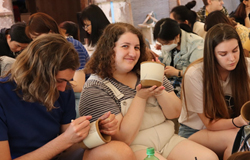
-
Pottery Making
Korea has a rich history regarding pottery, as it has been acknowledged for its unique technology and color. Goryeo celadon using inlaid technique, and white porcelain of Joseon are very significant examples of Korean pottery. In Korea, there are many places which provide this type of “pottery-making program”. In the Korean folk village, people can make their own pottery-cup and draw their own kind of picture on it. After baking the pottery, the special handmade cup is completed.
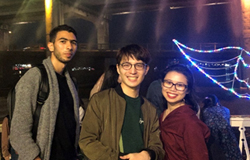
-
Han River(Hangang) Cruise Tour
The Han River is one of the longest rivers in the Korean peninsula, and it runs through all of Seoul. It is a popular spot to have a rest and for enjoying a weekend outing with friends and family. Out of several ways to enjoy this place, the “Han River Cruise” is the most popular attraction. You can explore famous tourist spots (63 square, N Seoul Tour, etc.), and spend a wonderful time contemplating the night scenery and the moonlight fountain show that takes place. During the tour, it offers a live music performance as well, which to many, makes the tour even more entertaining. We are sure to say that spending time onboard the cruise in the middle of Seoul will become an unforgettable memory.
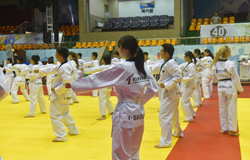
-
Taekwondo
Taekwondo is a traditional Korean martial art that uses attacks or defenses only by using the hands and feet, and no weapons are used in this martial art. Strong kicks are the main characteristic of Taekwondo, for it has a specific skill system that is used to strike their opponents. Taekwondo is designed to balance each part of the body, making it a great guide to gain flexibility of the joints. In recent history, it was adopted as a demonstration event at the 1988 Summer Olympics and made as an official sport for the 2000 Summer Olympics.
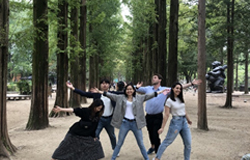
-
Nami Island
Nami Island is a tourist attraction located in Gapyeong, which is a location not very far from Seoul. People can enjoy a peaceful time in nature, and each season gives a different kind of scenery, which makes this island even more attractive. This place is also well-known because
, which is one of the most famous K-drama series, was filmed on Nami Island. People can also rent bicycles to look around the Island, or get onto the island using the zip line system instead of the boat. Nami Island is a cultural space where people can enjoy nature, activities, and the culture.
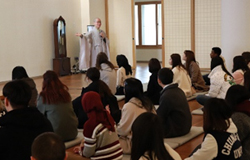
-
Temple Stay
The Temple Stay is a great opportunity to learn about ‘Korean Buddhism’. This unique cultural program will allow you to experience the life of a ‘Buddhist Practitioner’ at a traditional Korean temple. The temple stay experience includes: meditation practice, monastic meal offerings (vegetarian food), and the Buddhist tea ceremony. By staying at the temple, one can relieve the stress of keeping up with modern society and find a peace of mind. You also get to look around the beautiful structure of the temple. The temple stay can give a person valuable time to reflect and find one’s true self.
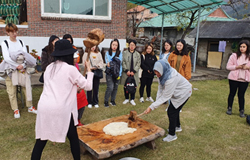
-
Yangpyeong Borigoge Village (Korean folk village)
Borigoge Village, which is located in Yangpyeong, is a place where one can fully enjoy the true nature of Korea. The name of the village, ‘Borigoge’, has a meaning of: “In a difficult situation, each person becomes strong with each other, and learns the wisdom of their ancestors’ lives.” As one could see from the Borigoge meaning, the Borigoge village shows what Korean ancestors ate, how they had fun, and overcame difficult situations. There are cooking programs like ‘injeolmi’ and ‘tofu’ making. Also, people can participate in a traditional Korean activity called ‘jegichagi’. At this village you can also see small mountains and clear valleys that can heal one’s body and mind. The village offers different images for each season too. In addition to the programs mentioned above, various rural experience programs are offered for each season with beautiful environment, such as harvesting agricultural products and fruit.
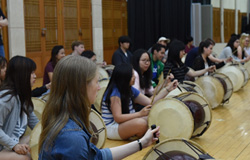
-
Samulnori Experience
Samulnori is a genre of Korean traditional percussion music. The word “samul” means ‘four objects’, while “nori” means ‘play’. It is performed with 4 traditional Korean musical instruments called “pungmul”, which constitutes of: “Kkwaenggari” (a type of small gong), a “Jing” (a larger type gong), a “Janggu”(an hourglass-shaped drum), and a “Buk” (a barrel type drum). Samulnori was derived from ‘pungmul’ or ‘nongak’, which is a form of Korean traditional folk music. The performers wear colorful attire – the common attire is white baggy trousers, white shoes, black short-sleeved jacket or waistcoat, a yellow sash (worn diagonally around the upper body and shoulders), and a blue and red sash (worn around the waist). The five colors used represent the five directions: white (west), black (north), red (south), blue (east) and yellow (middle). These are the same as those colors used in rituals of shamanism, which is an ethnic religion of Korea.





